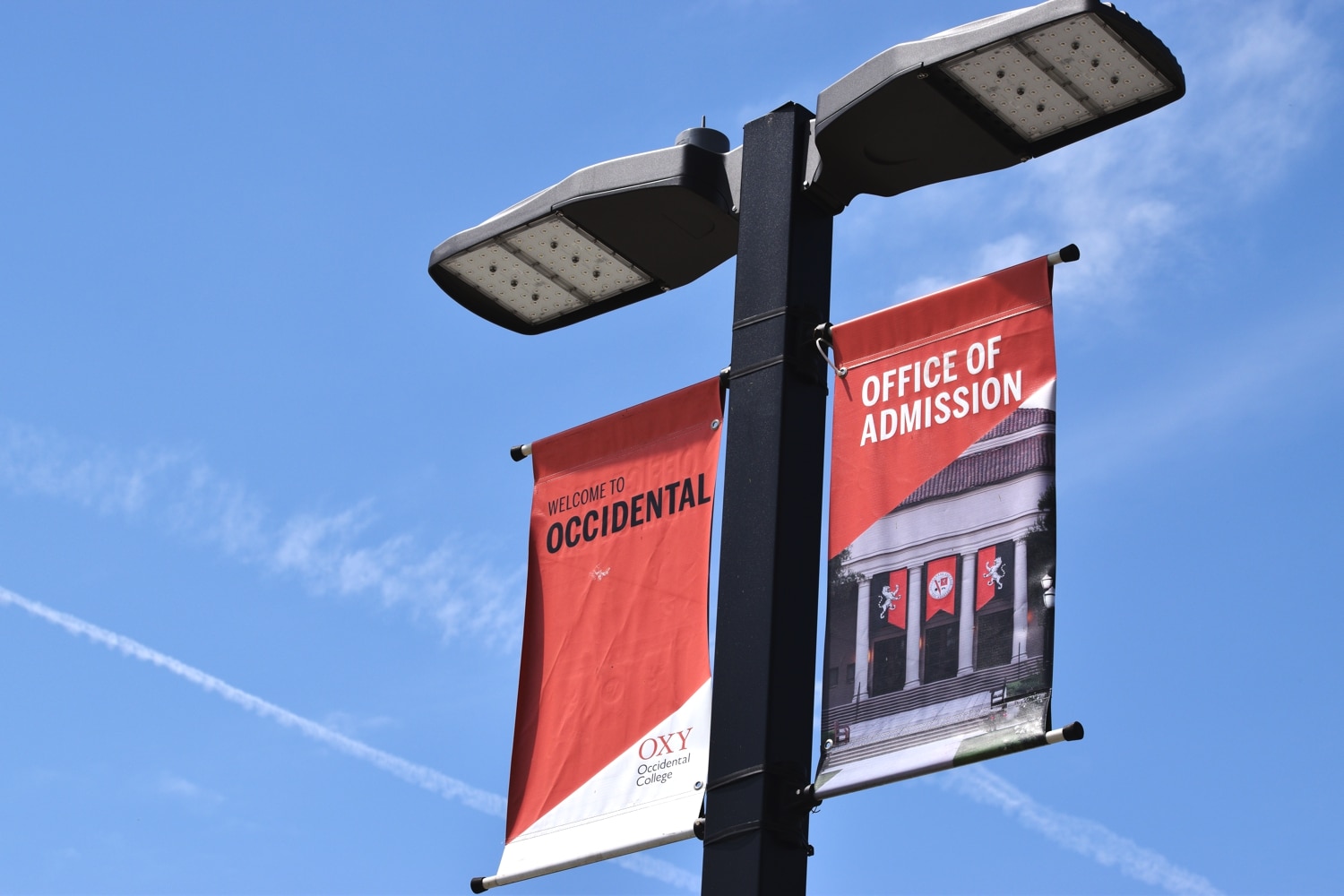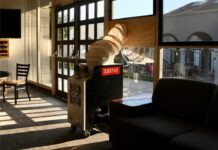
Occidental’s music department will be undergoing an expansion beginning Dec. 15 to construct more practice rooms. Booth Hall currently has six practice rooms available for students, according to the Director of Choral and Vocal Activities and resident professor of music, Desiree LaVertu. At the end of the renovation, there will be 14 practice rooms, all outfitted with soundproofing technology, LaVertu said.
According to Director of the John Branca Institute for Music, and professor of music, David Kasunic, the first stage of the renovations will involve construction in lower Thorne, in the areas known as Thorne 8 and Thorne 9. Thorne 8 is currently operating as a percussion studio for music students. Thorne 9, which previously housed Telefund, will now also be utilized by the music department as a sheet music library and a larger rehearsal space.
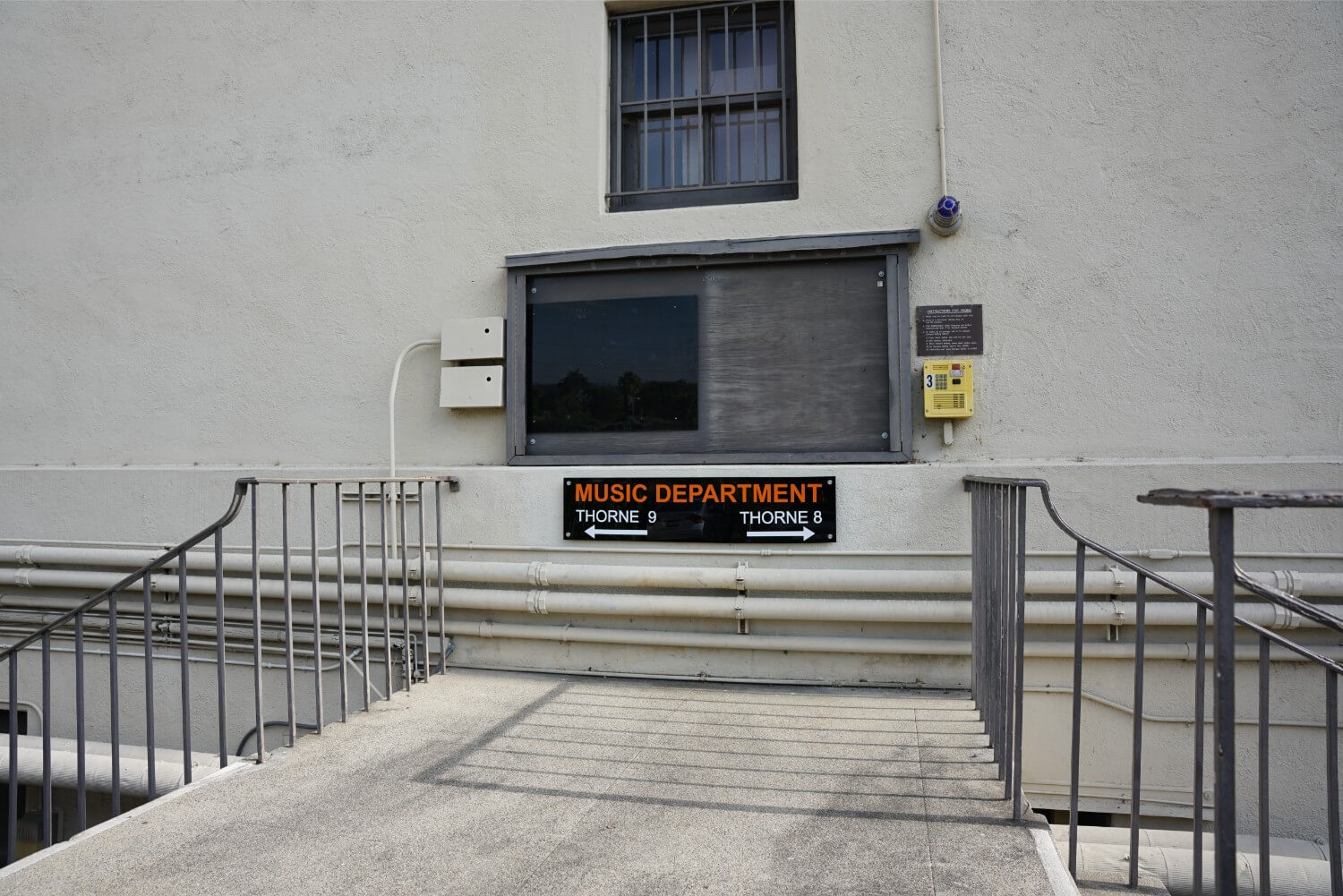
Booth Hall will undergo a more thorough renovation that is expected to finish in Winter 2026, Kasunic said.
“What we’re doing is converting Booth into a space that will be highly multifunctional,” Kasunic said. “The biggest advantage to the renovation will be that there will be sound isolation in all of the spaces, the rehearsal, the practice, the teaching [and] the office spaces.”
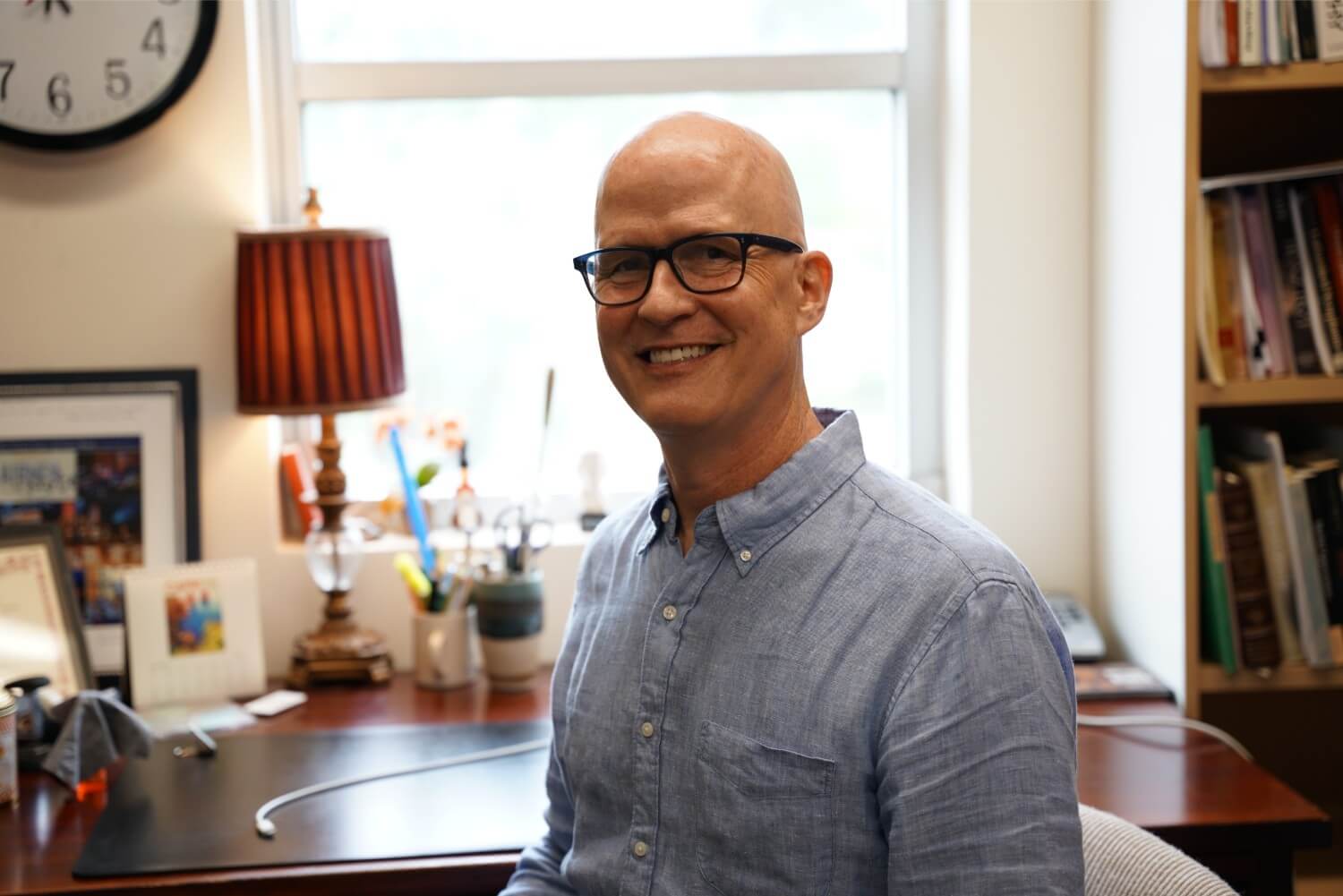
According to Kasunic, Booth 204 will become a classroom and recital space that will be used by students and faculty, along with guest performers, to showcase their work to the community. Kasunic said Booth 208 will double as a rehearsal space and a live room for recording.
According to Florence Lo (senior), a cellist in the Occidental Symphony Orchestra, having so few practice rooms has been a challenge, given the rapidly growing number of students in the music department.
“It’s happened in the past, where I’ll go over there at 3 p.m. and I want to practice, but all of them are taken, and then I’m like, ‘Well, it looks like I’m not practicing,’ because there’s no other spaces, and you don’t want to disrupt your residence hall,” Lo said.
Evelyn Catanzaro (sophomore) said the lack of practice spaces becomes an especially pressing issue during exam seasons, when students are perfecting pieces for their classes.
“The main problem that I have with [the practice rooms] is that around finals, they get really, really busy,” Catanzaro said. “To the point where last year, I would just practice at odd hours, like from 10 p.m. to midnight, because that’s the only time I could go and be guaranteed a spot in the practice rooms.”
According to Lo, another issue students encounter with the practice rooms and music classrooms is that they are not soundproof, which, at the moment, is impossible to work around.
“I hope that the new rooms will be a little bit more soundproof, so that you can really just be in your own world during practice and listen to yourself and not have to listen to other people,” Lo said.
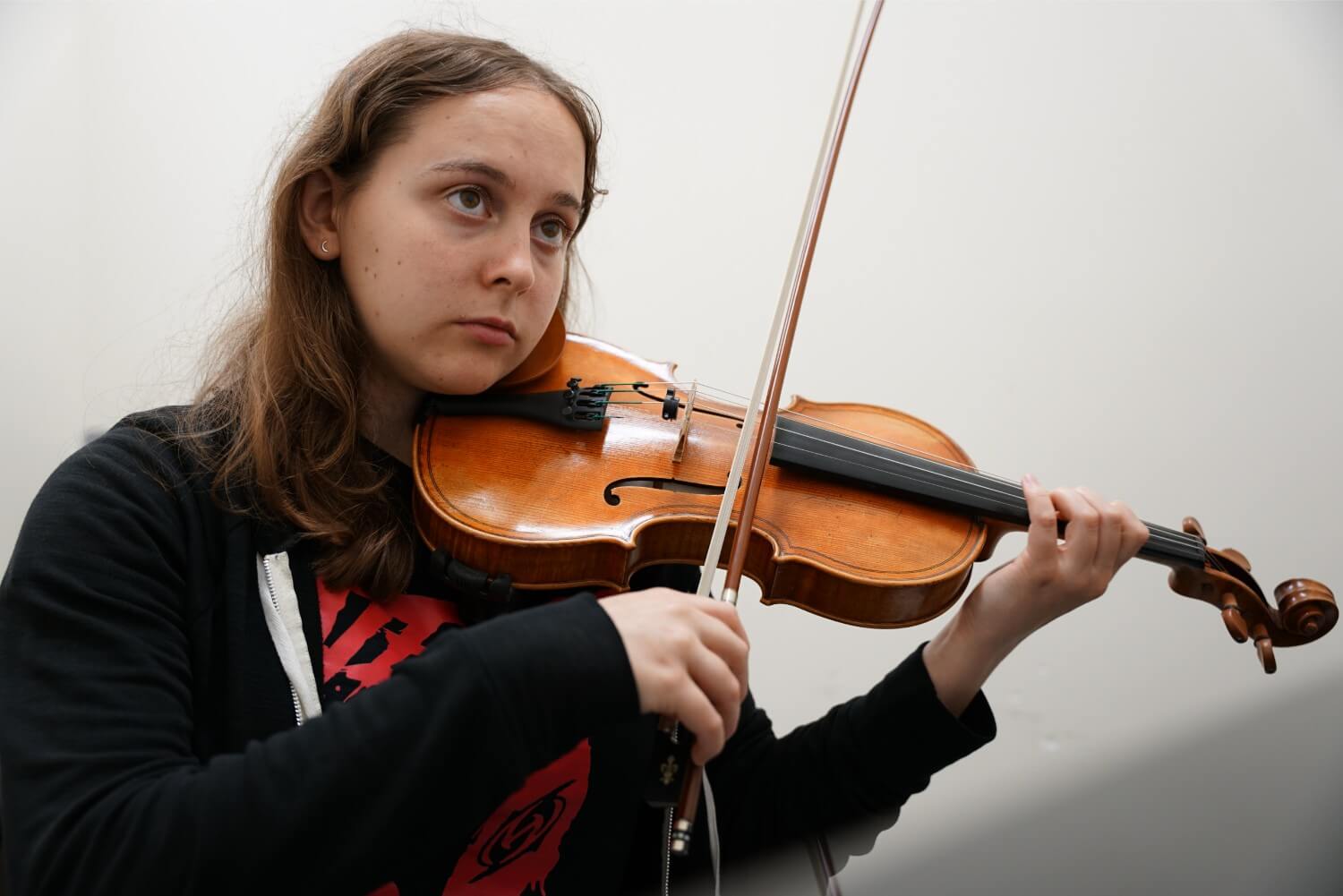
Kasunic said sound interference is the number one issue that the renovation seeks to address, and that isolating sound is crucial for students when making live music in the studio. According to Kasunic, in the existing spaces, students are not able to prevent background noise from bleeding through, which detracts from the sound quality of their finished pieces.
“What that effectively does is [it] erases the labor of our students,” Kasnunic said. “What we [want] to do is preserve that labor by having the technology and equipment that can make the nuances audible to people hearing it, in the appropriate spaces that are acoustically designed for hearing the playback of this music.”
LaVertu said she witnessed the rising popularity of music classes firsthand as each ensemble has increased in numbers over the years.
“Our department has grown so much,” LaVertu said. “We have several hundred people in our ensembles when you combine everyone, and we have all these people taking private lessons.”
LaVertu said she attributes the growth of the music program to the range of class offerings available to students. According to Kasunic, the department also made curricular changes to make music more accessible to students without previous experience.
“[The goal] is to allow someone with zero music knowledge to begin study at Occidental and to be able to major, which is a radical equalizing proposition,” Kasunic said.
LaVertu said while the renovations seek to keep sound out of the practice rooms, they aim to bring students closer together by allowing for more instances of collaboration across various musical spheres.
“This is a game-changer for us,” LaVertu said. “It really is everything we’ve really needed because we’ve been expanding really fast and haven’t really had the facilities to meet everyone’s needs. It’s just such a blessing.”
Kasunic said he wanted to highlight gratitude for all of the donors, facilities workers and fellow faculty members who have aided in the planning of this ambitious project, as well as the influence students have had in sparking enthusiasm for expansive initiatives within the department.
“This is not something I’ve ever taken for granted,” Kasunic said. “These things only happen because people care enough to part with their money and to try to make a difference, to try and make things better for those who have come after them.”
Contact Athya Lodhia Paramesh at paramesh@oxy.edu
![]()





